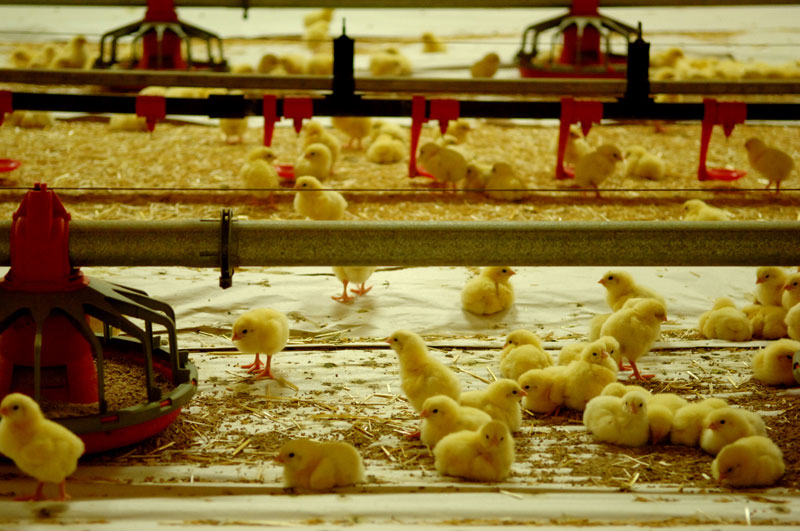Porto Alegre, August 26, 2021 – The year 2022 will again be challenging for chicken farming. In 2021, even with the sharp rise in animal nutrition costs, margins have been satisfactory. The strong domestic demand along with the exceptional performance of exports caused chicken prices to surpass record after record over the year. Owing to this scenario, there is no disruption to production, on the contrary, the housing of breeding chicks grows in comparison with previous years. For next year, the picture tends to change, the prospect of falling beef prices tends to result in the return of demand for the population’s preferred protein.
The counterpoint is that exports will continue at a good level, since chicken is less dependent on China, even with a more discreet pace of purchases by the Asian giant, Brazil enjoys an excellent performance in 2021 and the trend is that this dynamic will last in 2022. The expectation is that around 4.47 million tons are exported next year, an increase of 2.4% over the export estimate for the current year, which must reach 4.37 million tons. Brazil continues to enjoy a privileged position for chicken farming, counting on relevant partners in the segment, such as the halal market, in which Brazil has been the leader in exports for over a decade. For another year, the country will continue to lead global chicken exports.
Animal nutrition costs will be a great challenge for the first half, considering the difficult situation of corn supply until the arrival of the corn second crop. With the possible return of demand for the preferred protein of Brazilians, the possibility of cutting the housing of breeding chicks increases, so adjusting supply to a new consumption reality, besides the need to maintain margins amid a cost structure that will remain inflated. The expectation is that in 2022 around 6.85 billion head will be housed, down 2.3% from the current year when housing must exceed impressive 7 billion head.
With this, the expectation is that Brazil will produce around 14.3 million tons of chicken next year, down 2% from the current year when around 14.6 million tons must be produced. In this scenario, the decline in domestic supply must hit nearly 3.9%, with an estimated volume of 9.8 million tons. Even with a tighter supply scenario, the prices of chicken meat and live chicken will not be sustained at the current levels, showing an inversion of the price curve, following the movement of beef.
SAFRAS Latam

